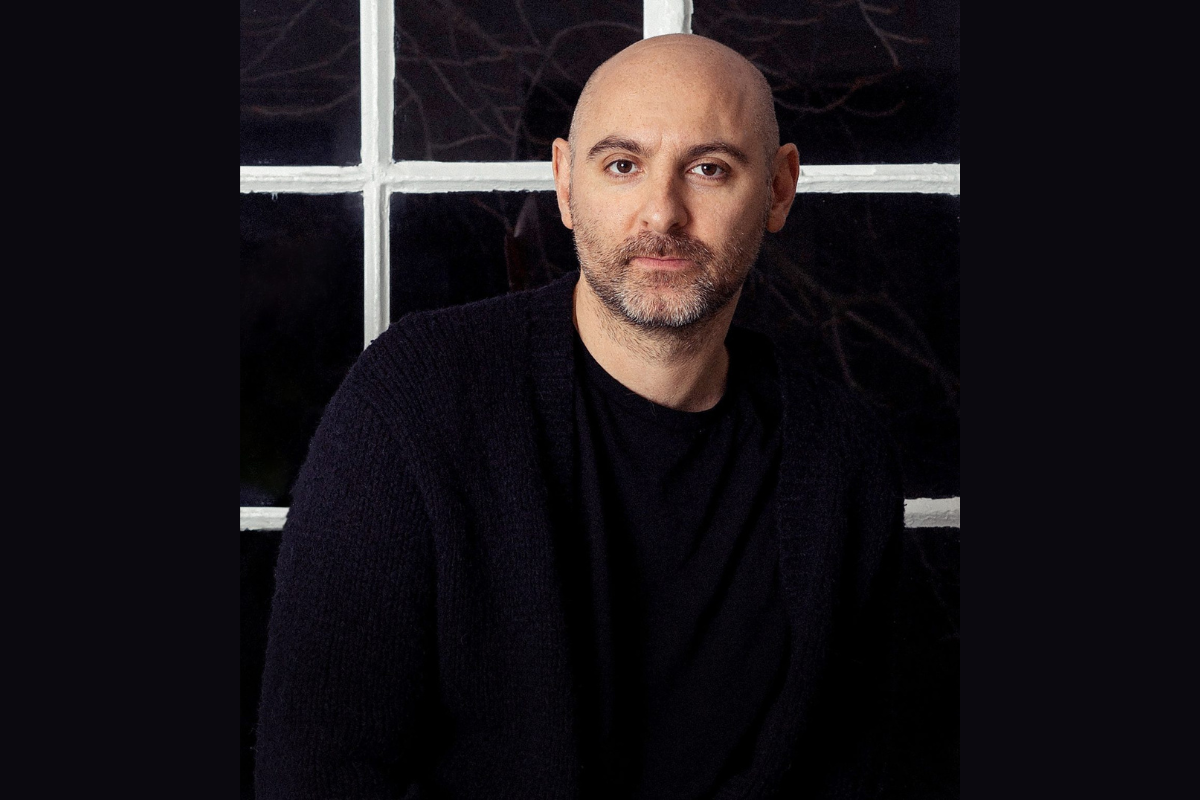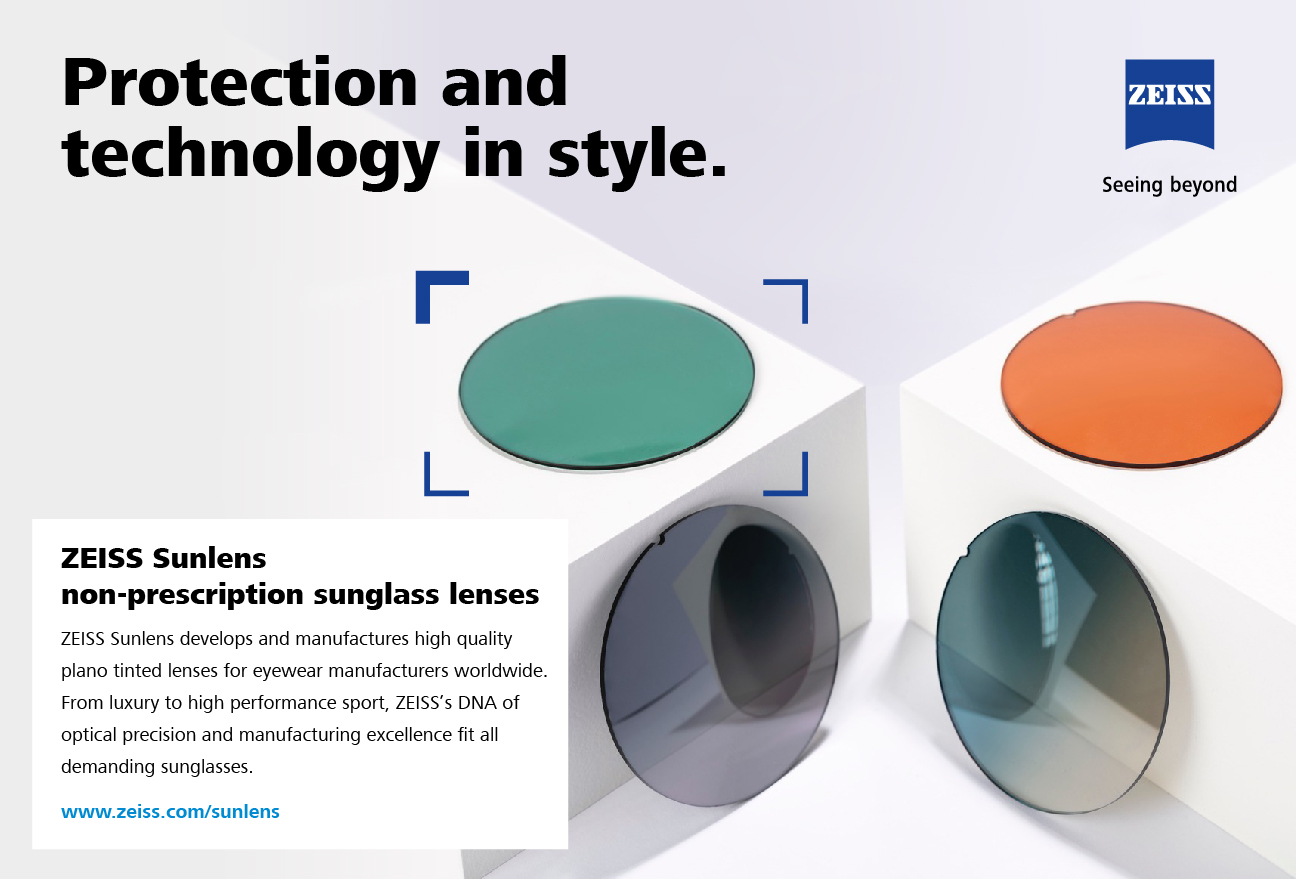Linda Farrow has the rare distinction of being the must-have luxury designer eyewear brand for two generations of celebrities and trendsetters, separated by a 20-year hiatus.

Launched by Farrow herself in 1970, the firm was one of the first to see the potential for sunglasses to be daring and experimental fashion accessories. Her avant-garde creations were sought after by style icons such as Yoko Ono and major fashion houses like Dior, Yves Saint Laurent, Balenciaga and Sonia Rykiel.
In the mid-80s, she decided to call it a day and the brand lay dormant for some 20 years. It may never have been revived had Farrow’s son, Simon Jablon, not made a momentous discovery.

When I took over, the brand was dormant and needed to be resurrected. When my mother started the business, she was basically pioneering fashion eyewear and it was really niche.
While looking through the firm’s London warehouse, he stumbled upon a huge archive of Linda Farrow’s vintage designs that had never been manufactured. They were so exquisite that he knew their appeal was timeless.
As a result, the Linda Farrow brand was reborn and has become even more successful and worn by today’s icons including Rhianna, Irina Shayk and Chanel Iman. Its collections have graced the covers of Harper’s BAZAAR, Vogue and other high-end titles, and are regularly seen on the most exclusive catwalks and runways in Milan, New York, Paris and London.
Resurrecting a classic
Jablon proved very quickly that he not only had his mother’s eye for style, he also knew how to run a successful fashion brand.
“When I took over, the brand was dormant and needed to be resurrected. When my mother started the business, she was basically pioneering fashion eyewear and it was really niche,” he says.
“It was about design, it was about creativity, it was turning eyewear into a stylish accessory. She worked with some of the biggest brands in the world – Balenciaga, Saint Laurent, to name a few – and was world renowned.”
Jablon has collaborated with top design houses including Area, Y/Project, The Attico and Dries van Noten to ensure Linda Farrow is always at the cutting edge, while still retaining its classic characteristics.
By far his biggest challenge since taking over the company has been the chaos and uncertainty thrown up by the COVID-19 pandemic.
“No business went through the COVID-19 pandemic without some form of re-evaluation,” he says. “Even ecommerce has retracted recently. They suddenly went up and got used to being up, then COVID-19 ended, shops opened up, they fell back down, Google Ads became more expensive again and suddenly they’ve had to rethink their strategy.”
High-end fashion was one of the sectors worst hit as celebrities retreated indoors, runway shows were canceled and designer belts tightened.
“For us, I’m not going to lie, there were scary days, especially in the beginning when the world came to a stop and we had back orders and overheads. Next thing you know no one wants to take the goods, no one’s picking up the phone to us and no one wants to pay their bills,” Jablon recalls.
“There was that moment in time where the world just went, ‘it’s going to fall apart’. But you can’t just sit there and panic. You’ve got to adapt, adjust, reformulate and push ahead because if you sit still, you’ll go nowhere.”
Taking decisive action
While other luxury retailers panicked, Jablon took the opportunity to calmly re-evaluate the business and take decisive action.
“For us, there was the initial ‘let’s cut the fat’. We can’t afford luxuries so it’s about stealth and you’ve got to be quite harsh on yourself, on the business, on people, whatever it may be,” Jablon says.
“It’s one of those films where the airplane’s overweight so we’ve got to get rid of stuff, tear out some seats, whatever it takes. But looking back, it was actually something that was needed. There were a lot of things we were doing where we’d lost focus or oversaturated our workload.”
It was apparent that the structure of the company needed to change.

“We had too many people in mid-management levels who were basically just inboxes forwarding on emails, and I was like, ‘Hold up – now I’m evaluating what you do. What did you actually achieve apart from telling someone else what to do?’,” he says.
“We learned less is more and we have a tighter team, a really bonded team. There were the good people who came through it, buckled down and pushed through. Then you had the coasters who you could tell were happy that furlough went on. So, what it did was just highlight the areas where we needed to refocus.”
One focus was on the company’s 1300 square-meter office and how much of it was wasted space. Simon found new premises a third of the size and organized it with no set desks and a paperless policy.
“It has been a big success, but it was a bumpy ride with some heavy turbulence going through. Everyone’s happier and more focused now, and we’re way past where we were pre-COVID-19.”



